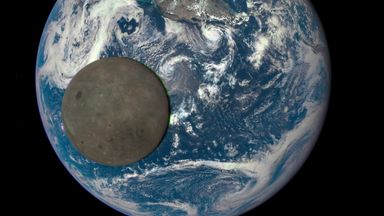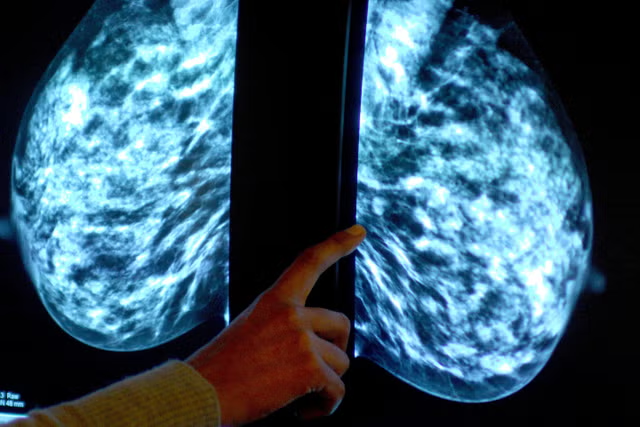Alaska lakes are experiencing a surprising rise in a rare hazard, now it is becoming more common as climate change worsens.
Lake tsunamis occur when landslides fall in small areas of water. Although this usually only happens in remote areas, they are becoming more frequent in areas with mountain glaciers, such as Alaska and British Columbia. Geologist Bretwood Higman of Ground Truth Alaska gave the warning at the recent Seismological Society of America (SSA)'s 2024 Annual Meeting in Anchorage, Alaska.
Lake tsunamis are an "emerging climate-linked hazard," Higman said. As temperatures warm, glaciers are shrinking, and without them there to hold up valley walls, landslides can occur. The warming climate is also causing permafrost to shrink, which means the slopes above a lake are more likely to crumble, a summary of Higman's research reported.
Recent lake tsunamis have occurred in Cowee Creek, Brabazon Range, and Upper Pedersen Lagoon, all in Alaska. These are very remote areas and likely unheard of, but the lake tsunamis are presenting an increasing risk.
Higman said it may not be long before a lake tsunami occurs in a more densely populated area. He gave Portage Lake near Whittier, Alaska, as an example, and one that is the top of his list for a potentially destructive lake tsunami. This glacial lake is in Alaska's Chugach National Forest and is just a few miles from Whittier.
Higman said there is the need for more research into areas like this, to assess the risk. He added that analysis of seismic signals connected to the landslides may cause the tsunamis.
"There are some cases where there are dramatic and very distinctive precursory seismic signals that precede a catastrophic landslide, sometimes by as much as days," Higman said in a statement.
"If we could get to the point where we understood these and knew how to detect them, they could be really useful. This is something that historically has been a pretty rare event, but in the last few years, there have been a really surprising number of these."
There are other areas that could be at risk of destructive lake tsunamis in Alaska, due to their proximity with humans and infrastructure. These areas include Eklutna, Seward, Valdez, Juneau, Grewingk Lake in Kachemak Bay State Park, and Index Lake near Glacier View.
In 2020, a particularly large lake tsunami occurred in Elliot Creek, a glacial valley in British Columbia. It involved a 4.75 billion gallon landslide, which caused a tsunami runup of over 328 feet, according to a study from the University of Northern British Columbia.
The tsunami was not dangerous to people, but it harmed the surrounding forest and salmon habitat. Events like this, however, are useful for scientists to study to prepare for more dangerous tsunamis in the future.
"There are places where we see the same kinds of geologic instability that preceded these other events, but there are a lot of people exposed," Higman said.
Do you have a tip on a science story that Newsweek should be covering? Do you have a question about lake tsunamis? Let us know via science@newsweek.com.
Disclaimer: The copyright of this article belongs to the original author. Reposting this article is solely for the purpose of information dissemination and does not constitute any investment advice. If there is any infringement, please contact us immediately. We will make corrections or deletions as necessary. Thank you.



